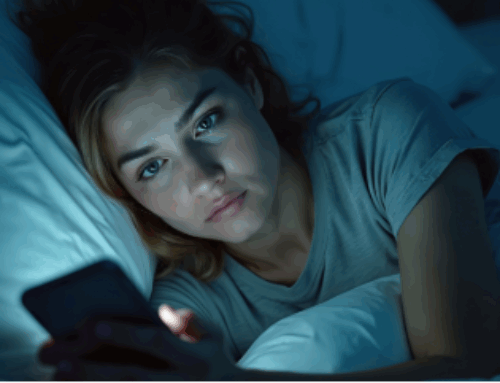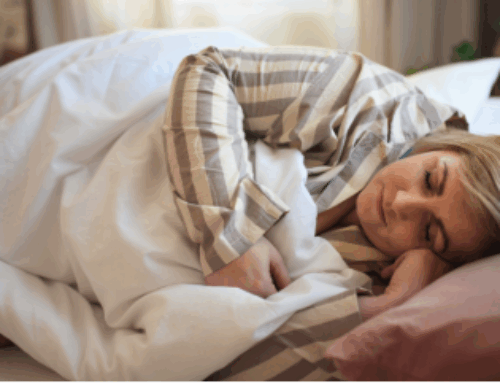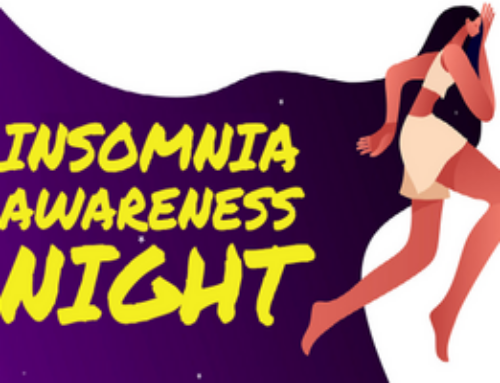As 2015 begins, we take a look back at our top sleep-related stories of 2014. Counting down from No. 5, these are the articles on Sleepeducation.com that received the most views in 2014:
5. Sleep Well, Be Well: A national health priority
You’re eating a healthy diet (most of the time). You’re exercising (some of the time). But are you sleeping well?
The “Sleep Well, Be Well” campaign of the National Healthy Sleep Awareness Project is a reminder that sleep is one of the three pillars of a healthy lifestyle.
The Healthy Sleep project involves a partnership between the AASM, Centers for Disease Control and Prevention, Sleep Research Society, and others. The objective: to improve public health by promoting healthy sleep.
4. What to do when you can’t sleep
When you can’t sleep, physicians recommend that you get out of bed and spend some time doing a quiet, relaxing activity until you are tired. Many of the things that you may do during the daytime or evening (watching TV, using your tablet or phone, etc.) may make you feel more alert, so falling asleep may be difficult. So what can you do instead? Dr. David Neubauer, a sleep physician at Johns Hopkins, shares the recommendations that he gives to patients.
3. Treating sleep apnea reverses brain damage
Obstructive sleep apnea can be destructive to your brain. But new research shows that CPAP therapy repairs the damage.
The study involved 17 men with severe, untreated sleep apnea. Each member of the study group was treated with CPAP therapy for 12 months. CPAP provides gently pressurized air through a mask that you wear during sleep. The airflow keeps your airway open and makes it easier to breathe.
Results show that one year of CPAP therapy led to an almost complete reversal of white matter damage. Treatment also improved cognitive scores, mood, alertness and quality of life.
2. Could Homer Simpson’s sleep apnea lead to his death?
Someone on The Simpsons will die in the season 26 premiere and it could be Homer Simpson, who has a newly-diagnosed sleep disorder. With a portly build and a large neck circumference, television’s most famous cartoon dad has long fit the profile of a person at-risk for sleep apnea.
The teaser for the fateful episode shows Homer not only has sleep apnea, but an extremely severe case. Worse yet, he does not appear to be adherent to his CPAP treatment. It’s been well documented that untreated sleep apnea is associated with mortality, since the disease can lead to heart disease, stroke and diabetes.
1. Insomnia Awareness Day facts and stats
The American Academy of Sleep Medicine declared March 10, 2014, to be Insomnia Awareness Day. Each night millions of people in the U.S. struggle to fall asleep or stay asleep. For some this is only a brief problem. But for others, insomnia can become a severe, ongoing struggle.
How common is insomnia among adults? Here are the numbers:
- 30 to 35% have brief symptoms of insomnia.
- 15 to 20% have a short-term insomnia disorder, which lasts less than three months.
- 10% have a chronic insomnia disorder, which occurs at least three times per week for at least three months.





